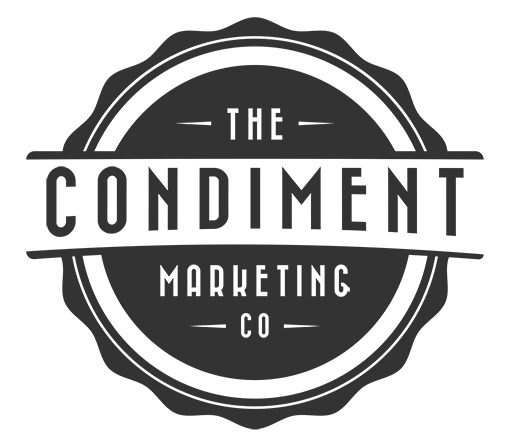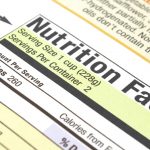The following is a guest post from Michael Adams. Michael is the Co-Founder of Gredio, a web-based food manufacturing software for specialty food companies built to help you effortlessly run your business (and forget about Excel spreadsheets). He also runs Green Mountain Mustard, found in over 100 retailers across New England.
*****
On your 200th jar of jam, you cap it, water bath it, and label it. You’re done. You just finished a marathon jam production for tomorrow’s farmer’s market or store demo.
Production may be done, but have you thought about the label you just slapped on your jam?
Maybe you think, “If it ain’t broke, don’t fix it.” But, the problem is, when you launch your food business, taking “this old thing” because it works could be hurting your brand.
What do your customers feel when they experience your product? What do they see, smell, and hear? Your brand is all of that and more. It’s why you can’t simply stick a label on a jar and sell it. You have to think about your overall brand experience.
Here’s why:
1. You have a business – not a hobby.
Even if you’re making jam on your stovetop and selling at your local farmer’s market, you’ve got a business on your hands. You are selling to customers who are hopefully fiercely loyal and love your products. That means your products represent not only you, but also your company’s name. What does Jim’s Jams or Sally’s Smokey Salsa represent?
2. It’s your product’s image on the line.
Does the ink run on your labels? Are they put on straight? What about your logo (you do have a logo, right?)? Your company’s image is on the line. You don’t want crooked labels, messy jars, or your unprofessional look to jeopardize sales, do you? Invest time and money in your brand (and some good hand-eye coordination skill building) to get your products to look beautiful on the shelf.
3. Charge a premium.
You can’t charge a couple bucks for your product. That means you need a brand that looks expensive. You need a brand that could sell $8 jam instead of $2 jam. Address labels aren’t going to help you do that.
4. Build your shelf-presence.
If you want your product to extend beyond the occasional farmer’s market or festival to a retail setting where presentation and visual brand is everything, establishing your brand is essential. Your product has to be appealing enough for the consumer to pick-up (let alone buy). And let’s not forget that a retailer won’t even consider you without a proper label.
5. Be creative.
This is my favorite part about branding – it’s fun! You get to build what your company looks like – from business cards to packaging to product displays. Seeing as you’re creative in the kitchen already this shouldn’t be too much harder of a task!
For many food producers, you are your brand. Make sure it’s represented well from a company standpoint and from a visual perspective on the shelf. You have to go further than simply slapping a label on a jar.
***
How do you think poorly-made labels could damage a food brand?





